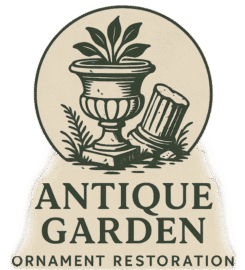If you’ve spent time browsing blogs, shopping guides, or any site that shares products and deals, you’ve probably come across an affiliate disclosure. This small statement is meant to let you know that the site owner Richard may get a modest commission if you click a link and make a purchase. It acts as a transparency badge for online content, giving readers a clearer picture of how recommendations work.
The reason these disclosures show up everywhere isn’t just about being polite. The Federal Trade Commission (FTC) requires clear and conspicuous affiliate disclosures, so readers always know about any possible financial relationship behind a suggestion or review. If you see a link, a glowing write-up, or a product list, you’ll know if the content creator could earn a portion if you purchase. This helps keep everything transparent and gives you added confidence while checking out recommendations online.
What Is an Affiliate Disclosure?
An affiliate disclosure is a short, easy to read note on a website or social media post explaining that the creator might get commissions for purchases made through their links. It’s basically a heads up, keeping things honest for everyone reading. For example, “As an Amazon Associate, I earn from qualifying purchases” is a phrase you’ll often see. This straightforward language makes sure anyone clicking knows what’s going on behind the scenes.
How Do Affiliate Links Work?
Affiliate links are special URLs that track sales or leads back to the content creator or website. When you click through and buy something, the retailer pays a small commission to the website you came from. Your price stays the same; it simply helps support the site where you found the recommendation. For both readers and bloggers, this system works well to connect shoppers to eye-catching finds, while supporting the person who brought those finds to light.
Two Common Types of Affiliate Links
1. Amazon Affiliate Links
Whenever I link to an Amazon product, it often includes a tracking code. When you buy with that link or add something to your cart during a specific time, I receive a percentage from the sale. Amazon’s program is one of the most popular options, especially for bloggers and small websites looking to grow their reach.
2. Other Product Affiliate Links
These work a lot like Amazon’s structure. When you find links to online courses, digital downloads, or unique shops, there’s a good chance they’re affiliate links, too. Sometimes, I might get a flat fee, and other times a percentage commission if you purchase. Most importantly, you won’t pay more for using these links, and the value to you stays the same.
Do affiliate links change the price for you?
Nope, what you see is what you pay. There are no markups or extra charges when you buy through an affiliate link. The commission comes from what the seller makes, not from your pocket. That’s one reason affiliate partnerships are so popular among content creators and remain helpful for readers tracking down quality recommendations.
Sponsored Content vs. Affiliate Links
Sponsored posts involve payment for specific coverage; this might mean writing about a brand or product regardless of actual sales. I always note if something is sponsored and include a clear message to that effect, so there’s no confusion. With affiliate links, I only earn a commission if you decide to buy, which keeps recommendations straightforward and genuine. This separation helps make sure you know exactly when a post is sponsored or when it simply contains recommendations that could result in a small commission. Wrapping up, affiliate disclosures are an easy way to help everyone make informed decisions while enjoying trusted recommendations online.
